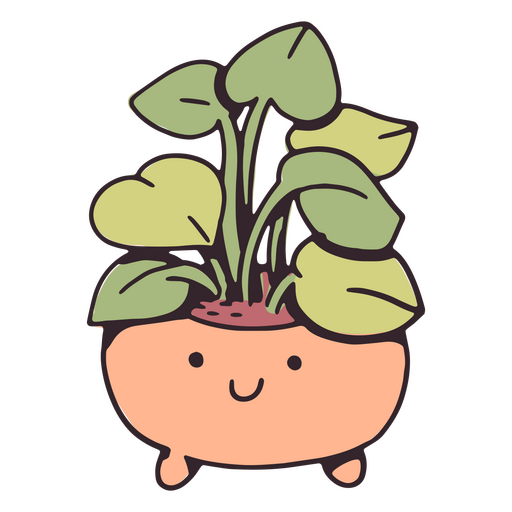Unfortunately, the Caribbean is a large and very diverse region which is underrepresented among the community here and probably in training data for plant apps as well.
If you can come back when it flowers or fruits that would make it easier. Or sharing a more specific location.
Erythroxylon rotundifolium, urbanii, carthagenense, havanense, and especially brevipes all look superficially similar but I’m not familiar with this genus. They all have glaucous leaf undersides so consider adding a photo of that feature to help verify.
If you are really committed to IDing the plant, you may need someone with local expertise.
deleted by creator
Automatic identification via PlantNet summary
Most likely match: Reynosia septentrionalis Urb.
Common name Scientific name Likeliness Red ironwood Reynosia septentrionalis 8.95 % Japanese holly Ilex crenata 6.98 % Clam-cherry Byrsonima lucida 6.42 % Coca-bush Erythroxylum coca 6.38 % Littleleaf boxwood Buxus microphylla 5.79 % Beep, boop
I am a bot, and this action was performed automatically.
It’s definitely not a Reynosia, they have opposite leaf arrangements while your plant has an alternate leaf arrangement. Good luck!
Good to know. Are there any other leaf characteristics to look for when identifying plants? I was just thinking of shape and color, but there must be a lot more.
If you are a beginner make sure to learn the difference between a compound and simple leaf.
Leaf underside can be very helpful for some taxa. Lots of people forget to photograph those.
Also looking at different types of leaf hairs/trichomes. Sometimes this requires a hand lens.
Pattern of venation is also a good one.
Cool, thanks for the tips!
@Daryl76679
I’d say it’s too early to guess, sadly. Flower, fruit, or habit could help.I’m in the Caribbean if that helps.
This doesn’t seem right, but it’s what PictureThis said.

This is very unscientific, but it reminds me of a young blueberry.





